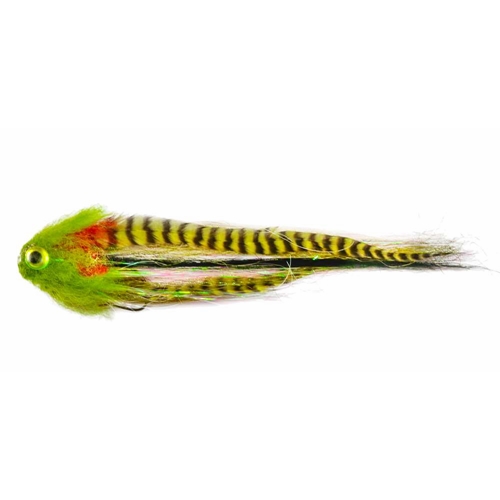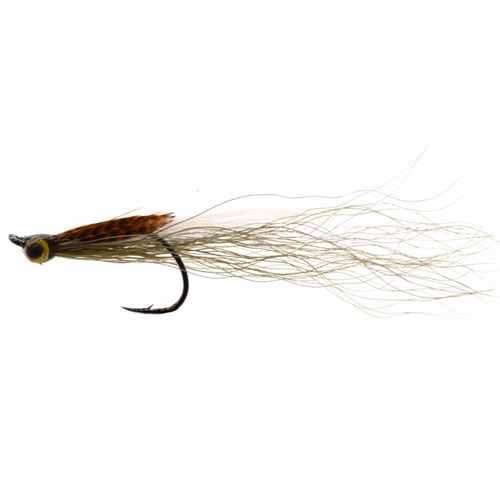Chinese Mitten Crab
 Again fly fishermen are being asked to look for another invader of our fly fishing rivers. We have had the cray fish which has been decimated by the American signal crayfish, more recently Dikerogammarus villosus a visious shrimp which often kills its prey and leaves it uneaten was found in Grafham Water now we have Chinese Mitten Crabs! These have been around for a while, they have been found in the Yorkshire Region at Castleford in 1948 yet they are now spreading and while fly fishing we are being asked to watch out for these invaders and report them for monitoring.
Again fly fishermen are being asked to look for another invader of our fly fishing rivers. We have had the cray fish which has been decimated by the American signal crayfish, more recently Dikerogammarus villosus a visious shrimp which often kills its prey and leaves it uneaten was found in Grafham Water now we have Chinese Mitten Crabs! These have been around for a while, they have been found in the Yorkshire Region at Castleford in 1948 yet they are now spreading and while fly fishing we are being asked to watch out for these invaders and report them for monitoring.
The Full Press Release has stated:
Become a nature detective and record the invasion of the alien Chinese mitten crab (Eriocheir sinensis) in rivers of England and Wales.
 Male Mitten Crabs Identified By Narrow Band on Its Belly
Male Mitten Crabs Identified By Narrow Band on Its Belly
Scientists from a number of UK research institutes, including London's Natural History Museum are calling for the public to become nature detectives this autumn to better understand the full extent of the Chinese mitten crab invasion and the threat these crustaceans pose to our rivers and waterways. Anglers, waterway workers, boating enthusiasts and other nature lovers to identify and record any sightings of the alien species via an online survey. The recordings will be used by scientists to clarify the full distribution of the exotic crabs in English and Welsh rivers.
 Female Chinese Mitten Crabs Have A Broad Abdomen Unlike The Males
Female Chinese Mitten Crabs Have A Broad Abdomen Unlike The Males
Chinese mitten crabs are now one of the most notorious aquatic invasive species featuring in the international list of the world’s 100 worst invasive species. They are regarded as a pest because they cause damage to fishing gear and unprotected river banks, block water systems as well as compete with native species for food and habitat.
Current records show that mitten crabs have established populations in the Thames, Medway, Ouse Washes, Humber and the Dee Estuary. Sightings from all rivers and watersheds will be useful but researchers are particularly interested in any from:
The Thames west of Windsor to beyond Reading
Tyne, Tees and Wear in the North East
Dee and Merseyside and the
Severn Estuary to the Isle of Wight in the South West.
In the right conditions, the mitten crab multiplies and spreads at an astonishing rate. The crab can even leave the water, cross dry land and enter a new river system. Its phenomenal ability to disperse is of concern to scientists in the UK because the crab could infiltrate many of the country's rivers.
So how do we help? First we need to know more about the Chinese Mitten Crab.
 Chinese Mitten Crab Claws
Chinese Mitten Crab Claws
Grey-green to dark brown crab
Long walking legs
Squarish body up to 86 mm across
Dense brown ‘fur’ on thewhite-tipped claws
Habitat: rivers, brackish water estuaries, rarely along the marine inshore coast
4+4+4 pattern of teeth around front of shell
Juveniles may lack ‘fur’ on claws
Fly Fishermen are being asked to record these crabs if they are found, record whether it is male or female (pssible taking a photo on your camera phones). Just be careful the Chinese Mitten Crab has a really strong set of claws!.
You can also report sightings www.mittencrabs.org.uk by text or picture message to 07806 938789
If you think you have spotted a Chinese mitten crab, our scientists would love to hear from you. The more information you can provide, the more it will help them. Here are some points to look out for:
Where and when did you see or catch the crab?
Did you see any other crabs nearby?
Were they alive or dead?
Do you know what sex they were? (Tip: The male's abdomen is V-shaped, the female's is U-shaped).
How large was it?
Contacts
Dr Paul Clark, Department of Zoology, The Natural History Museum, London, SW7 5BD, Tel: +44 (0) 20 7942 5564, Email: P.Clark@nhm.ac.uk
Professor Philip Rainbow, Keeper of Zoology, The Natural History Museum, London, SW7 5BD, Tel: +44 (0) 7942 5275, Email: P.Rainbow@nhm.ac.uk
Reporting The Chinese Mitten Crab
Sightings from the Isle of Wight to the Humber estuary can be logged with the Natural History Museum, 0207 942 6170, mittens@nhm.ac.uk
Sightings from the Humber estuary to the Scottish border on the east coast and Scottish border to Blackpool on the West coast can be logged with Newcastle University, 0191 222 5345, mittens@ncl.ac.uk
Sightings from NW England from the Mersey to the Dee Estuary and the whole of Wales to the Severn estuary, can be logged with the Countryside Council for Wales, 0845 1306 229, enquiries@ccw.gov.uk
Sightings from the Severn Estuary, Cornwall to Isle of Wight can be logged with the Marine Biological Association, 01752 633291, recording@mba.ac.uk
More Information on The Chinese Mitten Crab
Since its arrival from Asia, the when the Chinease Mitten Crab first arrived in Europe nearly a century ago the Chinese mitten crab is having a significant impact on our environment. It has invaded numerous waterways, damaging riverbanks and it may threaten local habitats. Museum scientists have assessed whether these crabs can be controlled by fishing. They have also assessed the risk of eating mitten crabs from the River Thames and their results were announced in February 2009.
The Chinese Mitten Crab is highly mobile and can travel extraordinary distances. In its native China it migrates up to 1,500 kilometres along some rivers! an incredible distance. However, shipping practices can transport the crab much further - all the way to Europe and North America.
The Chinese Mitten crabs have crossed oceans in the ballast of ships in the sediment of their holds. Water is pumped into vast tanks to stabilise the ships. This water and sediment is later discharged and by this way they have been deposited in a their environments. In 1912, a large male mitten crab was discovered in a river in Germany, the first of many in Europe. During the 1920s and 1930s the Chinese Mitten Crab flourished, spreading throughout Europe invading waterways from Scandinavia in northern Europe to the Atlantic coasts of France and Portugal in the south.
For reasons that are not understood, the populations of mitten crabs in England and North America did not at first expand like those in mainland Europe. But numbers are currently rising, prompting widespread alarm. The mitten crab is capable of causing structural problems because it can burrow into fragile mud riverbanks, riddling them with holes until they collapse.
The Chinese mitten crab, (Eriocheir sinensis) originates from the Far East, with a native distribution from the Province of Fukien, China. It spread throughout northern Europe following its accidental introduction into Germany in 1912 from ships’ ballast water.
Chinese mitten crabs are currently found throughout Europe from Kemi, Finland in the north, through Sweden, Russia, Poland, Germany, Czech Republic (Prague), Netherlands, Belgium and England to France and the Atlantic coast Portugal and Spain.
Mitten crabs feature in the IUCN-ISGG database of the world’s 100 worst invasive species.
The first record from the Thames catchment was captured on the intake screens of Lots Road Power Station at Chelsea in 1935 with a second from Southfields Reservoir, near Castleford, Yorkshire, 1948. Three male crabs were found in 1976 at the West Thurrock power station, located approximately 36 km downstream of the City of London. An ovigerous (egg carrying) crab was collected at Southend-on-Sea in 1979 and a further 20 specimens were noted again from West Thurrock in 1982.
During the late eighties the mitten crab population increased dramatically in the Thames as demonstrated by a survey conducted by the Museum funded by the Environment Agency in 1996. The most westerly sighting being the River Colne at Staines with reports of mitten crabs from almost every Thames tributary eastwards of this point. In October 2007 a mitten crab was caught on rod and line near Boveney Loch, Windsor Racecourse which suggests mitten crab are gradually spreading westward.


















